Why Braga?
Sitting almost completely alone at the top of the 577 steps up to the Bom Jesus hilltop sanctuary, I took a moment to absorb the details. The sun was setting over the Portuguese city of Braga to the west, casting a golden light from Monte das Caldas and illuminating the delicate Baroque façade of the Unesco-listed Bom Jesus De Monte, which towers 400 metres high. The sound of water falling from an imperial eagle-topped fountain mingled with the chirrups of swallows who swooped and dived in the final embers of daylight. This is one of the top attractions in Braga, and I sat with just my thoughts for company, only three other people in sight.
Braga is the lesser-known of Portugal’s three foremost cities, foregoing top billing to Lisbon and Porto. Whilst these are both beautiful cities, in recent years they have seen tourist numbers soar, with Lisbon welcoming 8.8 million visitors in 2024 and Porto having nearly 6 million in the same period. It can be difficult to find a table to find a spot for a quiet coffee or to take a good picture without a crowd in front of you. So, consider Braga as the perfect alternative. Last year, the city attracted 639,000 visitors.
The Rome of Portugal
“It is the ‘Rome of Portugal’, not ‘Portugal’s Rome’.” Corrects Luis Ferreira, Head of Economy and Tourism Division, as we chat in the Art Deco-style tourist office in the centre of Braga. Why has the city achieved this moniker? It has a depth of history equal to that of Rome from the founding of Bracara Augusta in 16 BCE through medieval Christianity to 18th-century reinvention.
Exploring Braga
I began, like any good visitor, with a map, a coffee and a pastry (all for just €3) in Lago Santa Cruz, enjoying the warm spring sunshine on my face. To one side of me was the ornate Baroque façade of Igreja Sanat Cruz with its two towers harbouring eight bells, set against the azure blue of the morning sky. On the other side, the Igreja de Sao Marcos, its façade flanked by two colonial-style wings. In the last year, Braga has invested in a new guidebook with suggested itineraries, and I traced the routes, realising just how much there is to see. Roman ruins, over thirty churches, each with four bells (Braga is also known as the City of Bells), a cathedral, winding ancient streets, modern art galleries, museums, and, of course, plenty of shops.
A City of Surprises
Recovering from this sensational scene, I walked through the pedestrianised Rua Dom Paio Mendes, where the aroma of grilled sardines, bacalhau (salted cod) and francesinha (a decadent sandwich of meat, melted cheese and beer-and-tomato sauce) wafted from cafés and restaurants. I took a moment to appreciate the 18th-century city gate, Arco Porto Nuova, located in the seemingly secluded Largo La Praga Velha. Here, the buildings set in narrow alleyways are painted bright yellow, burgundy and cornflower blue.
Dining in Braga
Pleasantly quiet during the day, at night these streets came alive with diners out to enjoy the warm spring evening. The tapas and the vinho verde that are so reasonably priced here were too tempting, and I chose the restaurant Inato, a Michelin-recommended spot, minus the high prices. At my window table, I tucked into possibly the best focaccia I have ever eaten, followed by beautifully crisp tempura cauliflower complemented by a subtly spicy mayonnaise. The traditional bacalhau I ordered for my main came with a side dish of grão de bico (chickpeas), into which a soft egg was mixed. With a bottle of water and a glass of vinho verde, the meal came to less than €44.
The View from Above
The following morning, as I strolled through Braga's large Praca da Republica, I was struck by how each street revealed a new discovery. A waitress recommended I climb the Nossa da Torre for city views, and from its five gallery-filled floors, I spotted my next destination, Bom Jesus de Monte, which rises triumphantly from the slopes of Mount Espinho like a tiered white wedding cake.
Bom Jesus de Monte
The zigzag staircase of 577 steps at Bom Jesus represents the soul's tortuous journey toward salvation. Each landing has fountains that depict biblical scenes. Pilgrims would traditionally climb on their knees, but thankfully, a water-powered funicular provided a rather more sedate ride to the top. The sanctuary is adorned with frescoes and sculptures and surrounded by manicured gardens and a tree-lined park.
Braga: Authentic and Unhurried
As I gazed out across Braga, I considered that while Porto and Lisbon jostle for attention with their crowds and queues, Braga simply exists; authentic, unhurried and profoundly Portuguese.
As the swallows disappeared with the sun, I realised that I’d found that rare thing in modern travel, a destination that reveals itself slowly and belongs as much to locals as to visitors. The Rome of Portugal may be lesser known, but perhaps that's precisely its greatest gift.

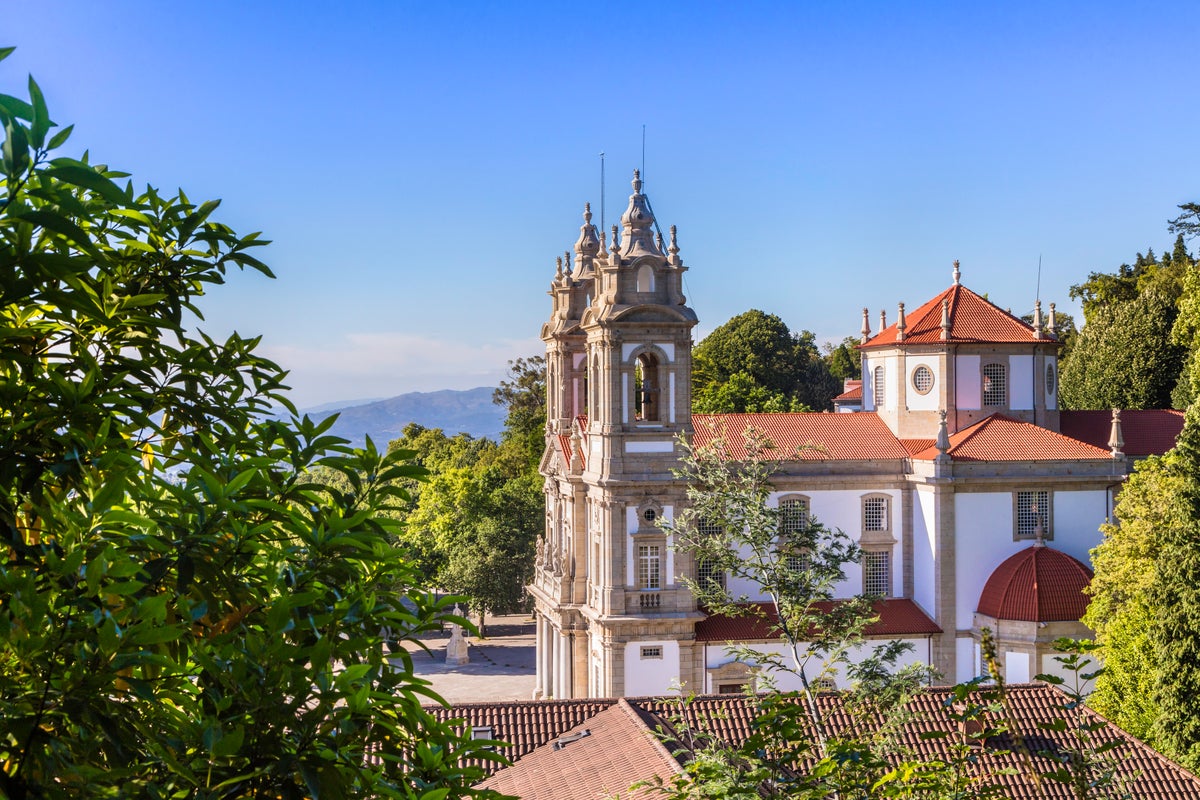

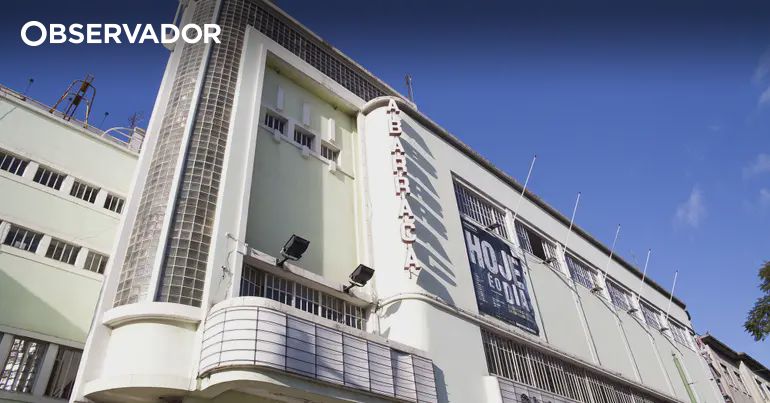
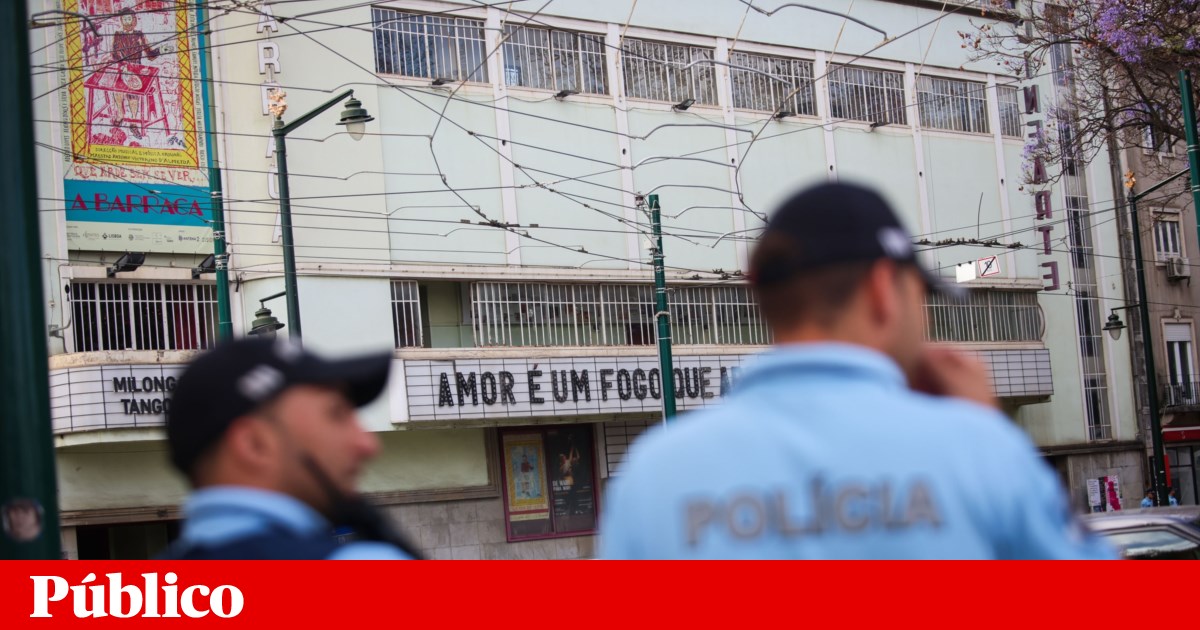


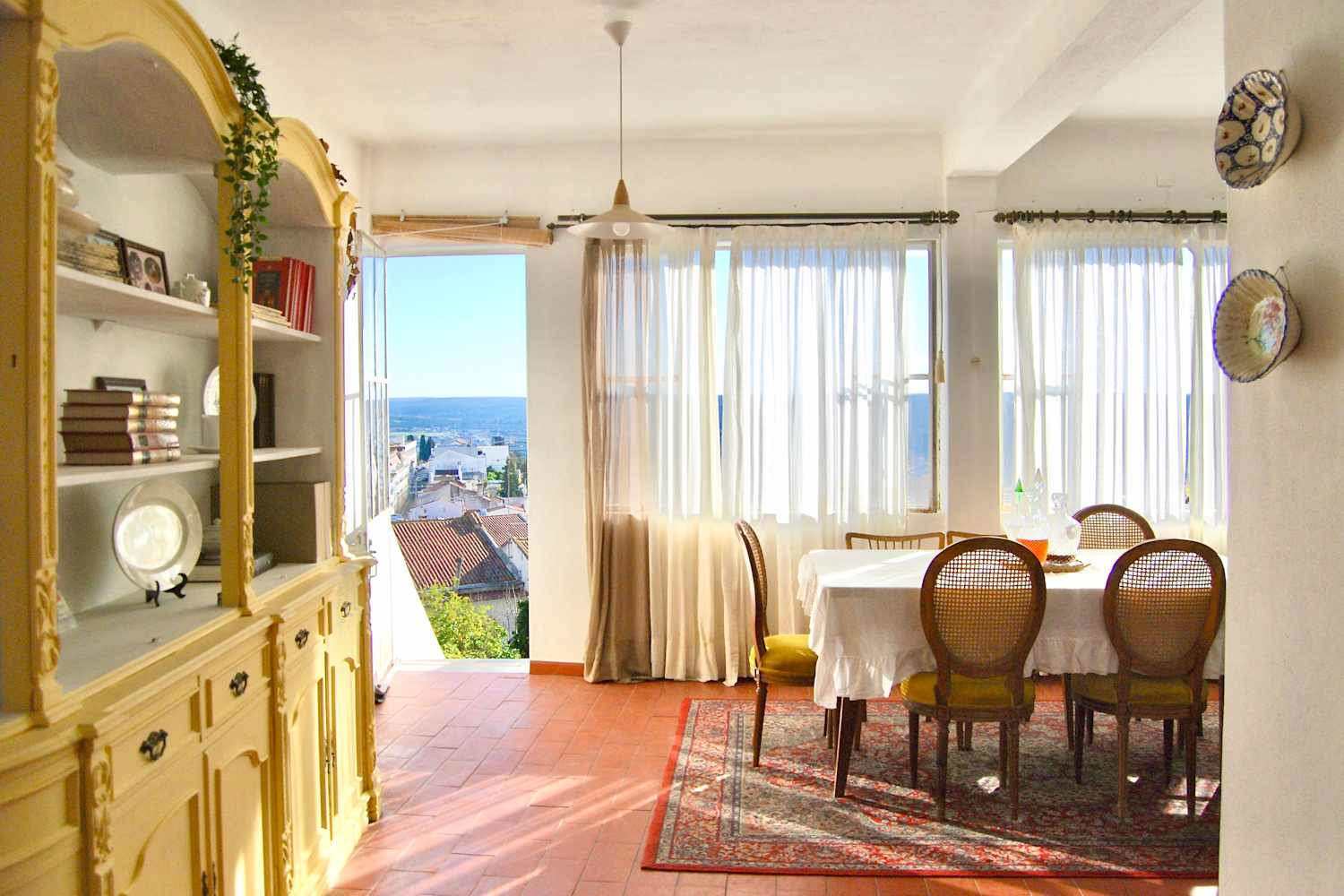




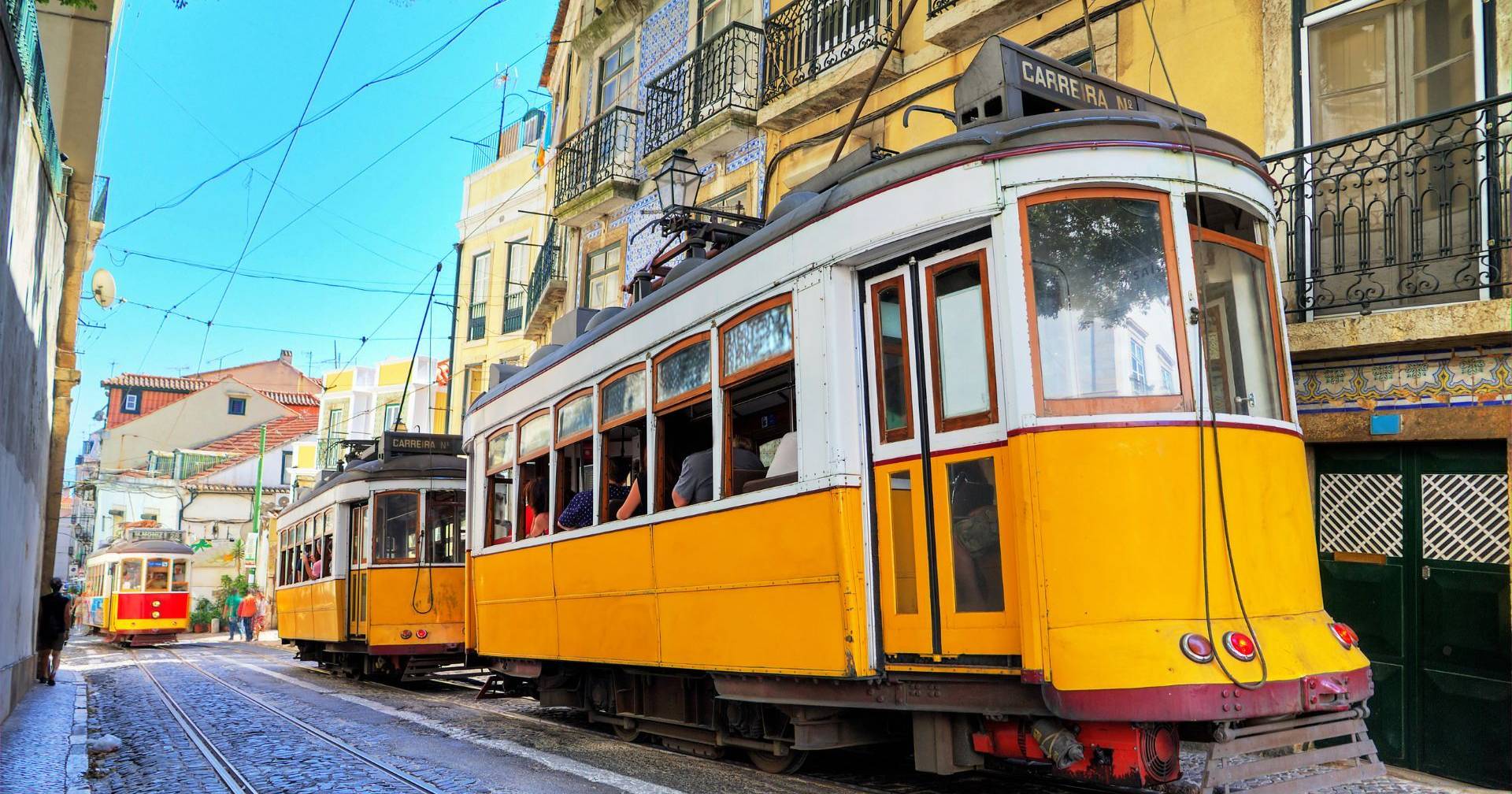



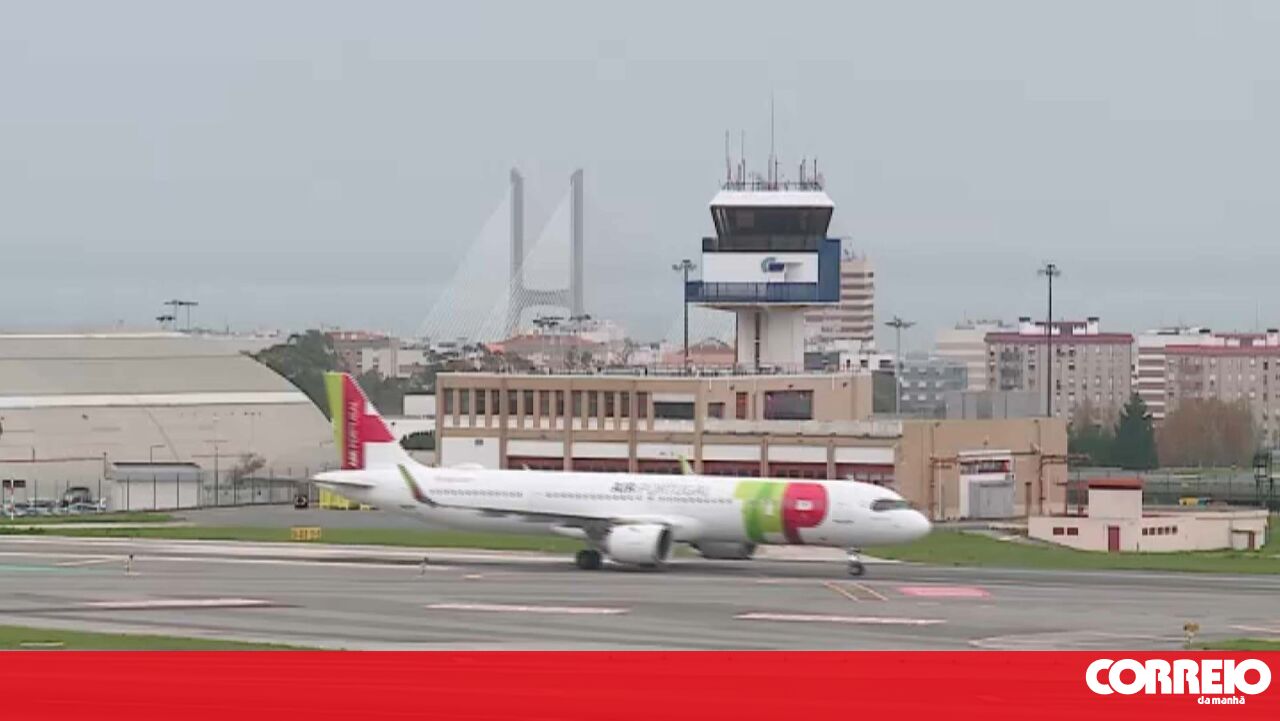
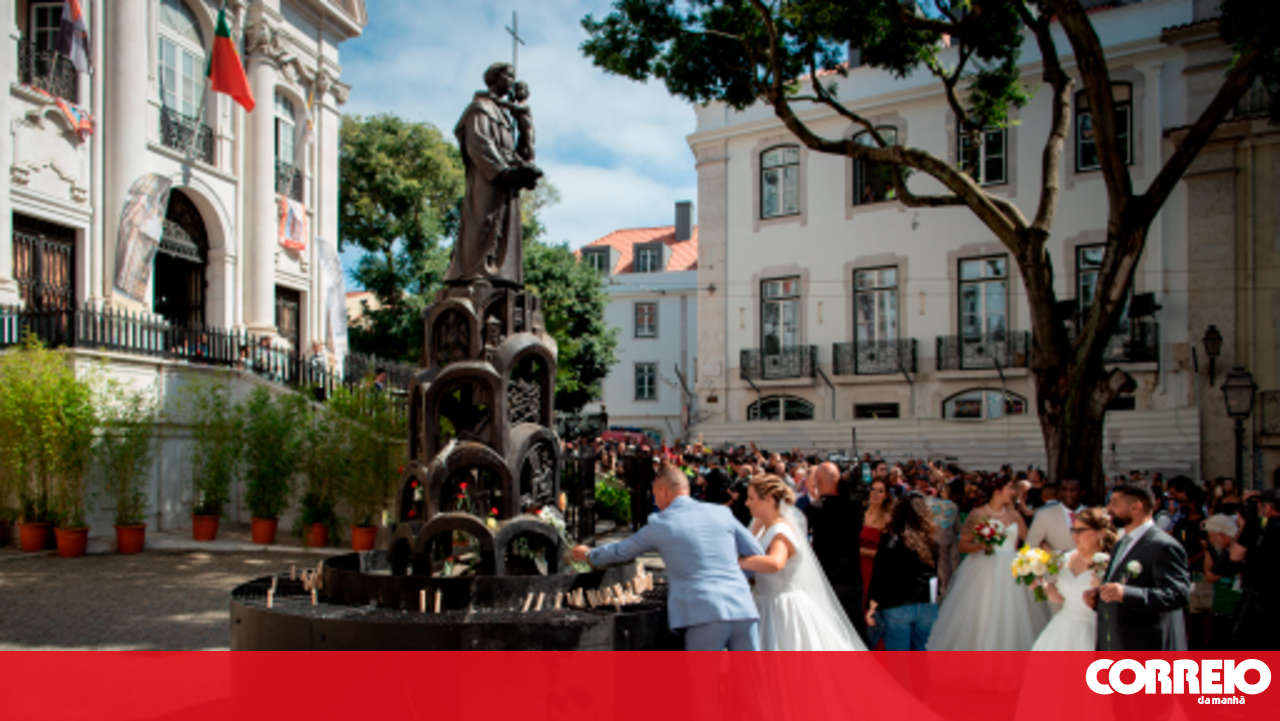




Comments
Join Our Community
Sign up to share your thoughts, engage with others, and become part of our growing community.
No comments yet
Be the first to share your thoughts and start the conversation!